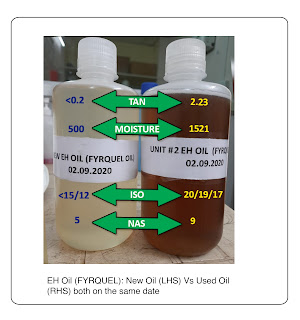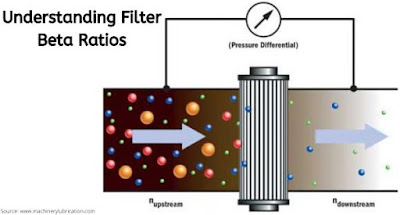Reconditioning of EH Oil

A 1200 MW coal-fired thermal power plant using Into-Chinese Turbine EHC System in Southern India. The Plant was struggling with the rapid increase in TAN values in the EH oil of the governing system of the turbine. Also, the moisture content was more than permissible limits. Degradation of the oil was due to contamination ingression into the system resulting in by-product formation. Minimac’s EH oil reconditioning system “ MLC LVDH TRIX 20 ” proved to be the savior and an unexpected shutdown of the turbine worth ₹1.05 Cr per day was saved . PROBLEMS A rapid increase in the Total Acid Number (TAN) could degrade the EH oil and lead to the possibilities of failure of servo valve, hunting, power generation loss, unplanned shutdown, etc. Oil Analysis was done to check the properties of EH oil like Moisture, NAS value, Total Acid Number. SOLUTIONS Installation of Minimac’s EH Oil Reconditioning System “ MLC LVDH TRIX 20 ” is comprehensively designed with 4 major technologies to: Remove solid...





